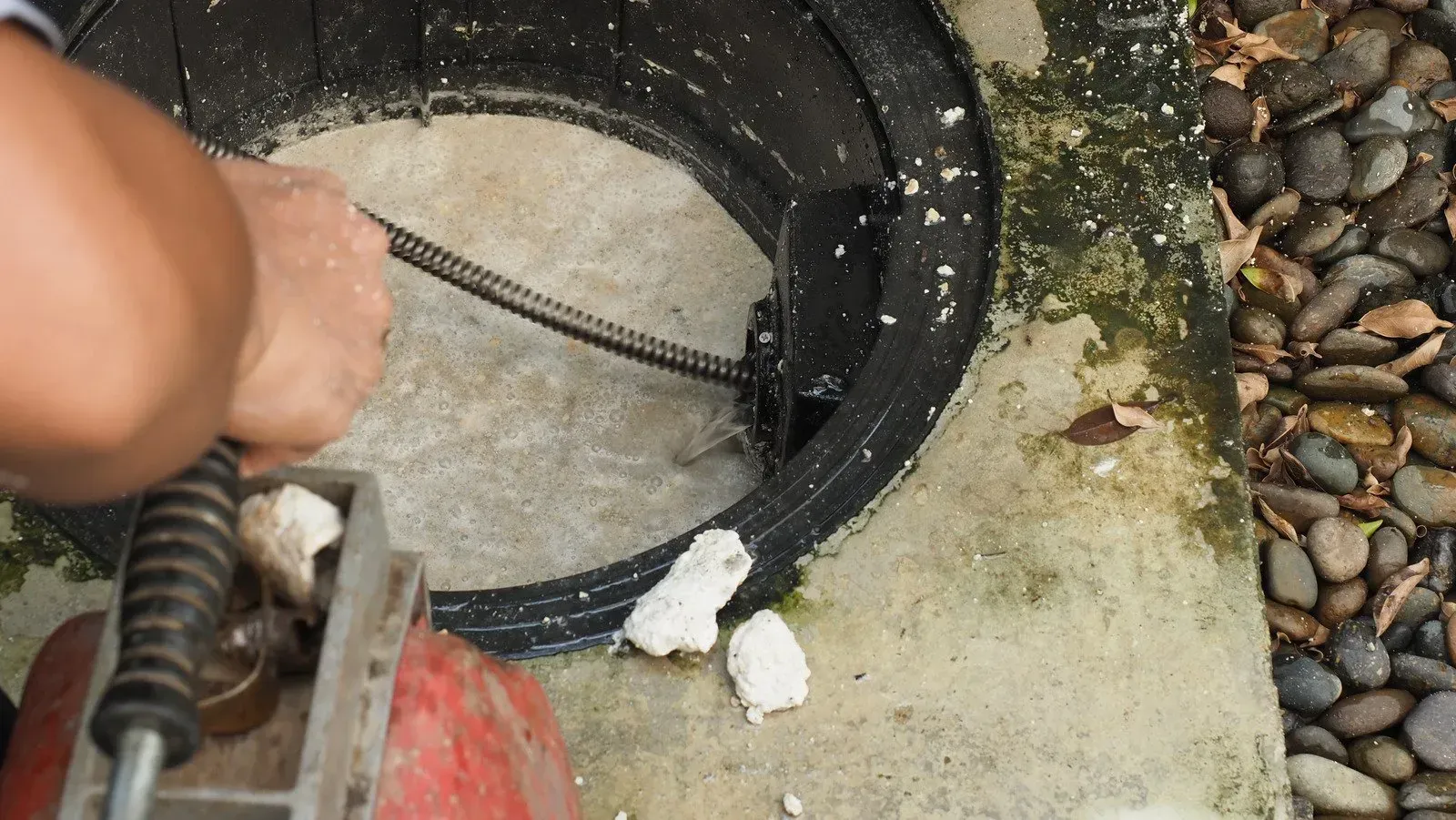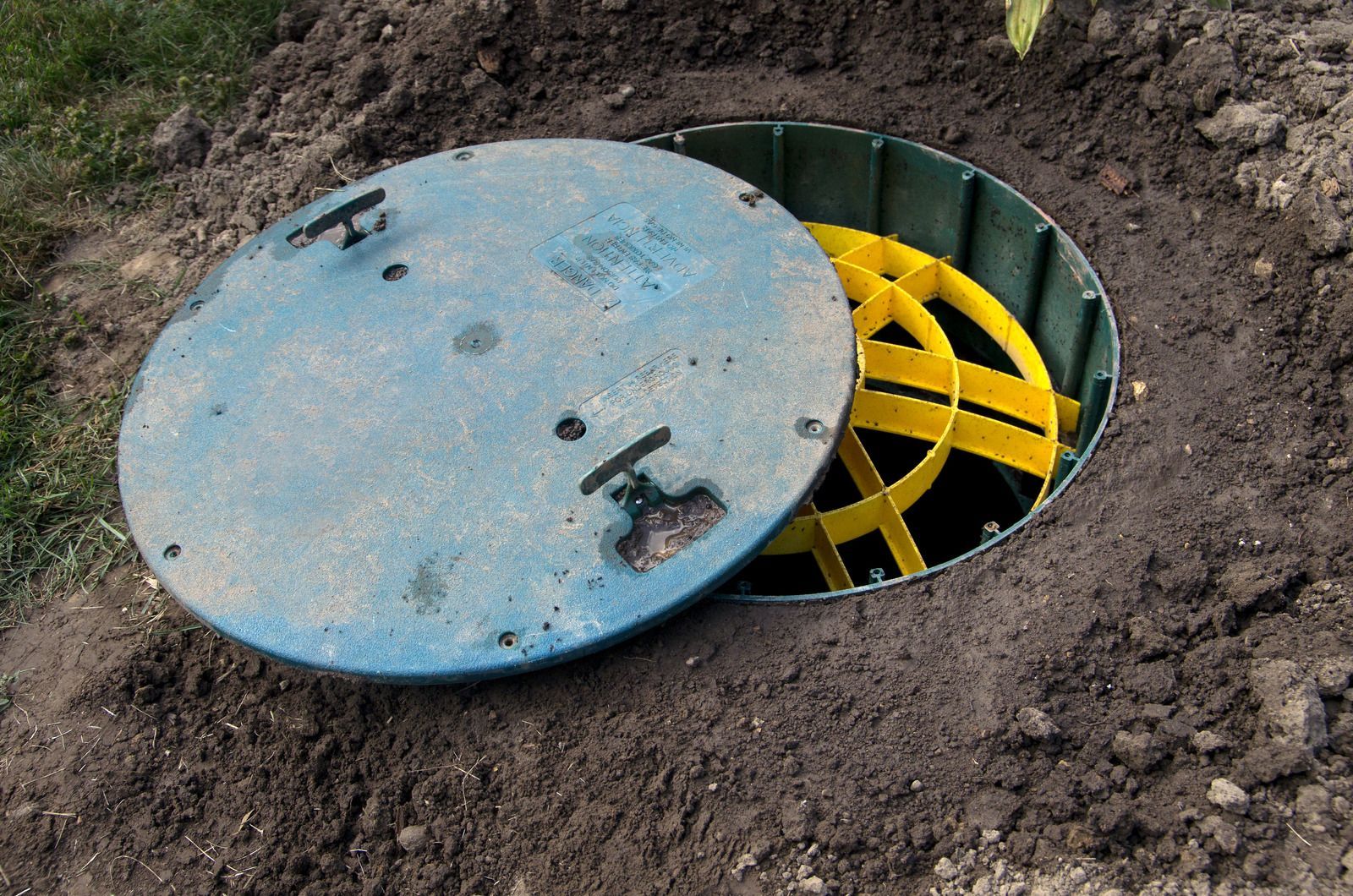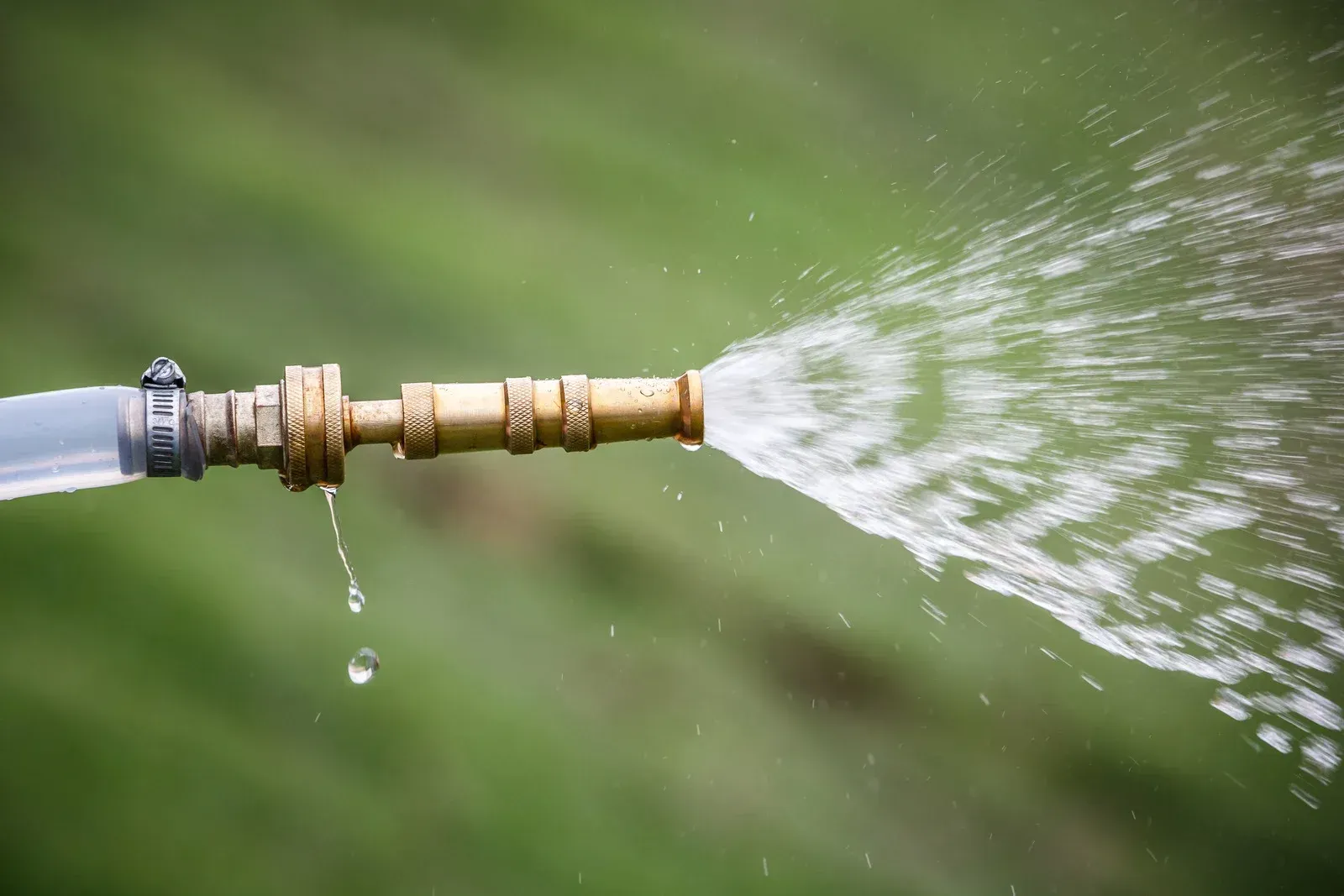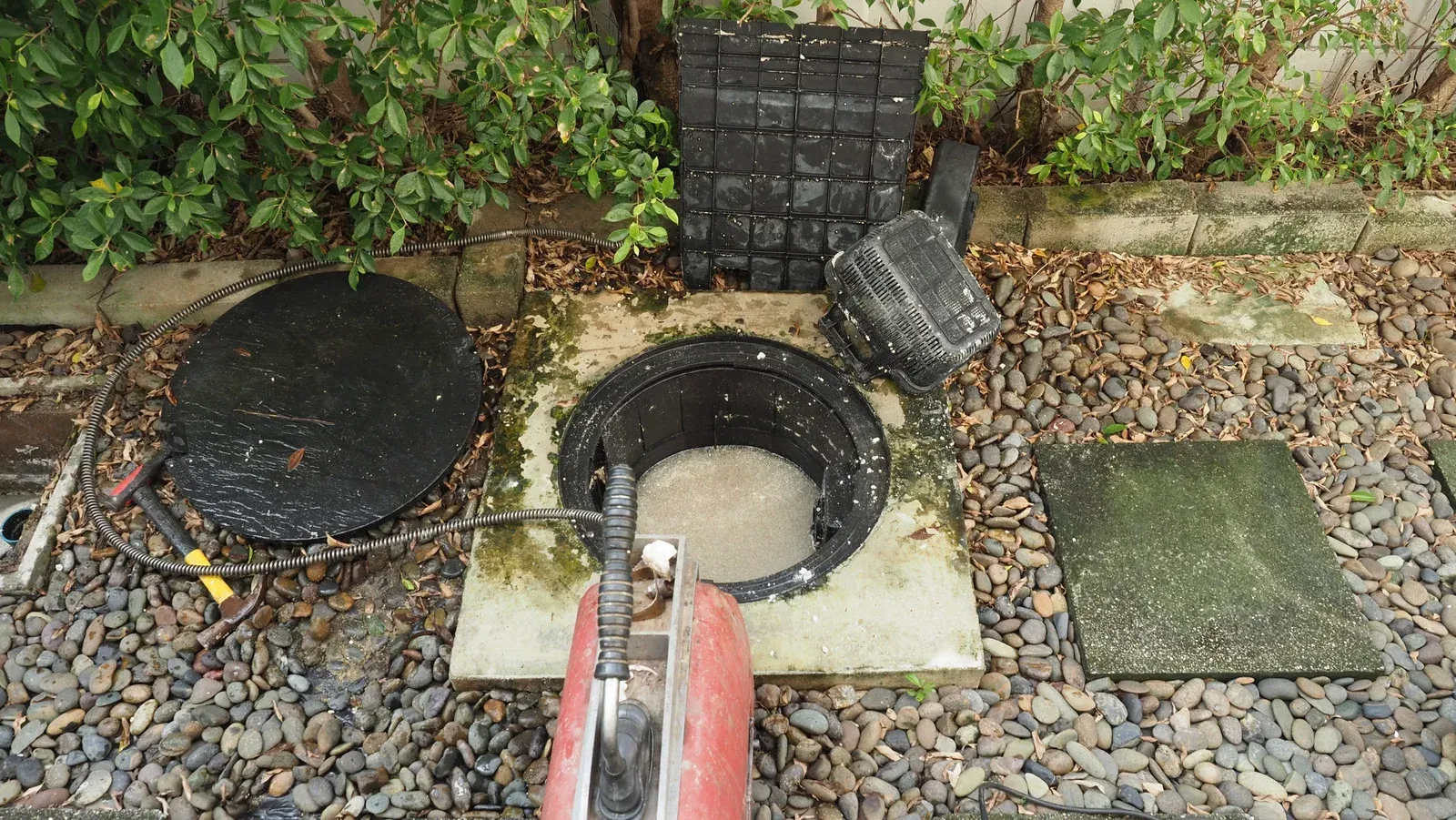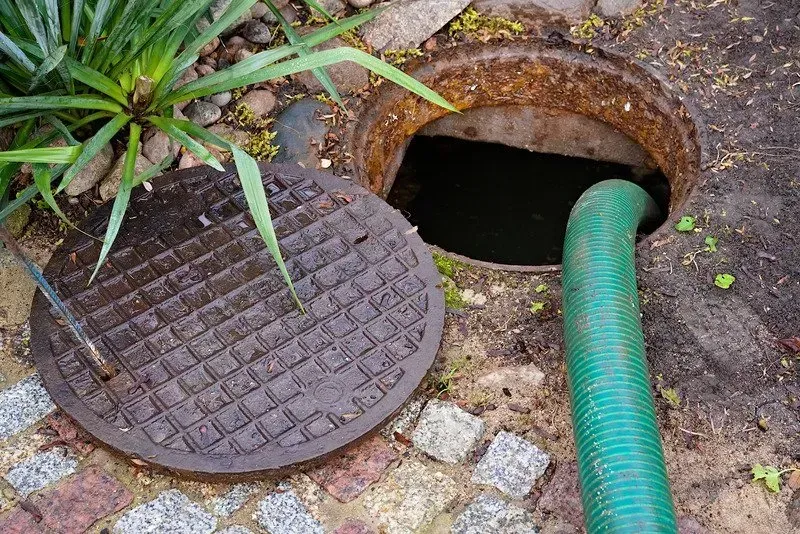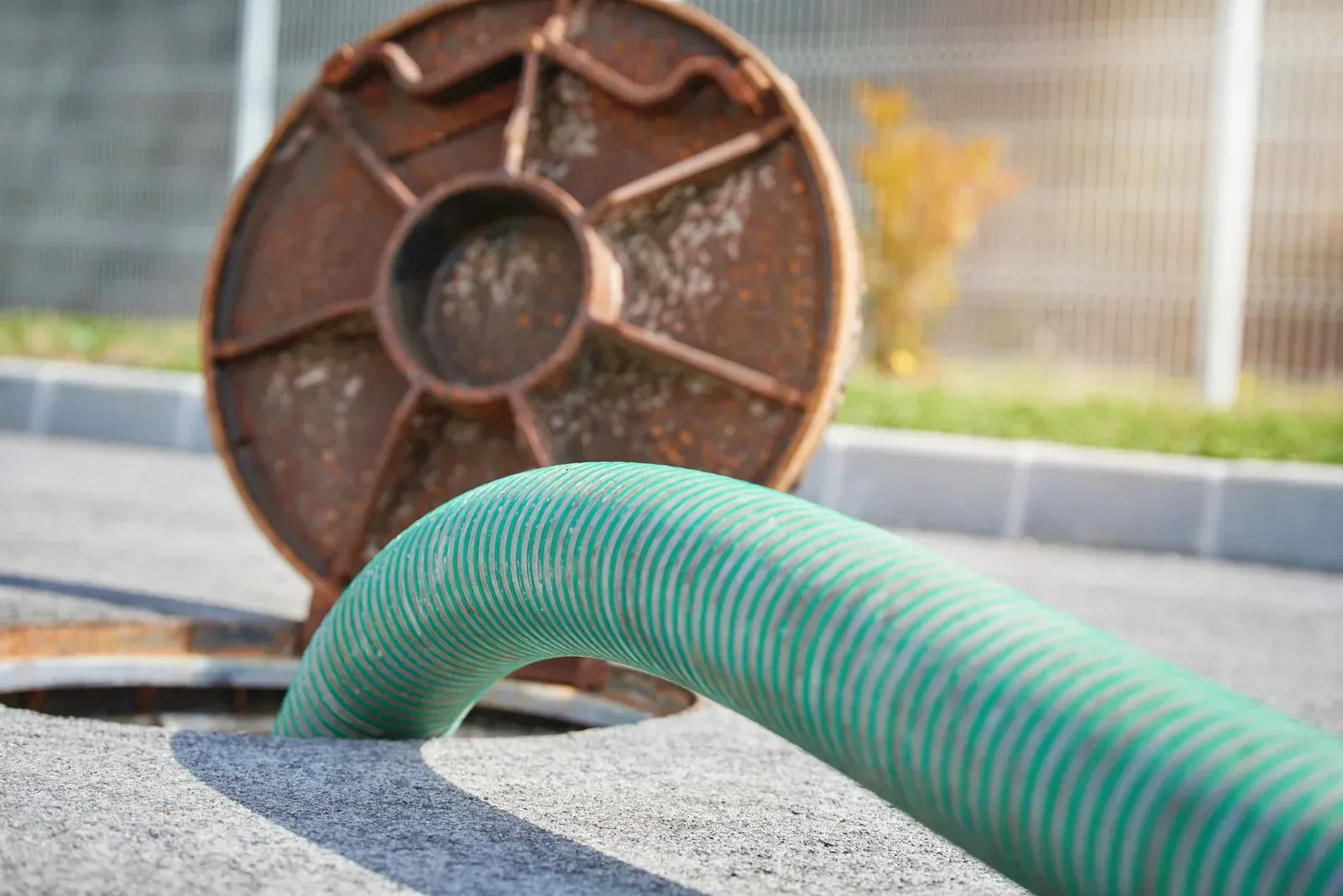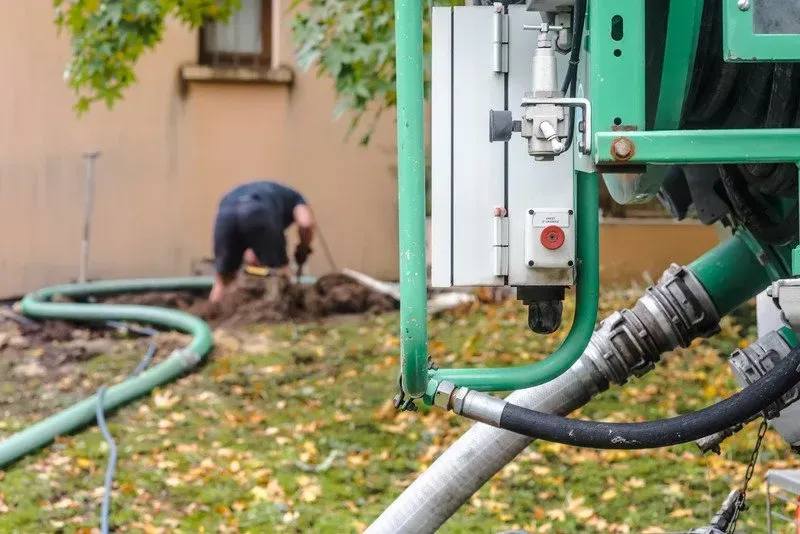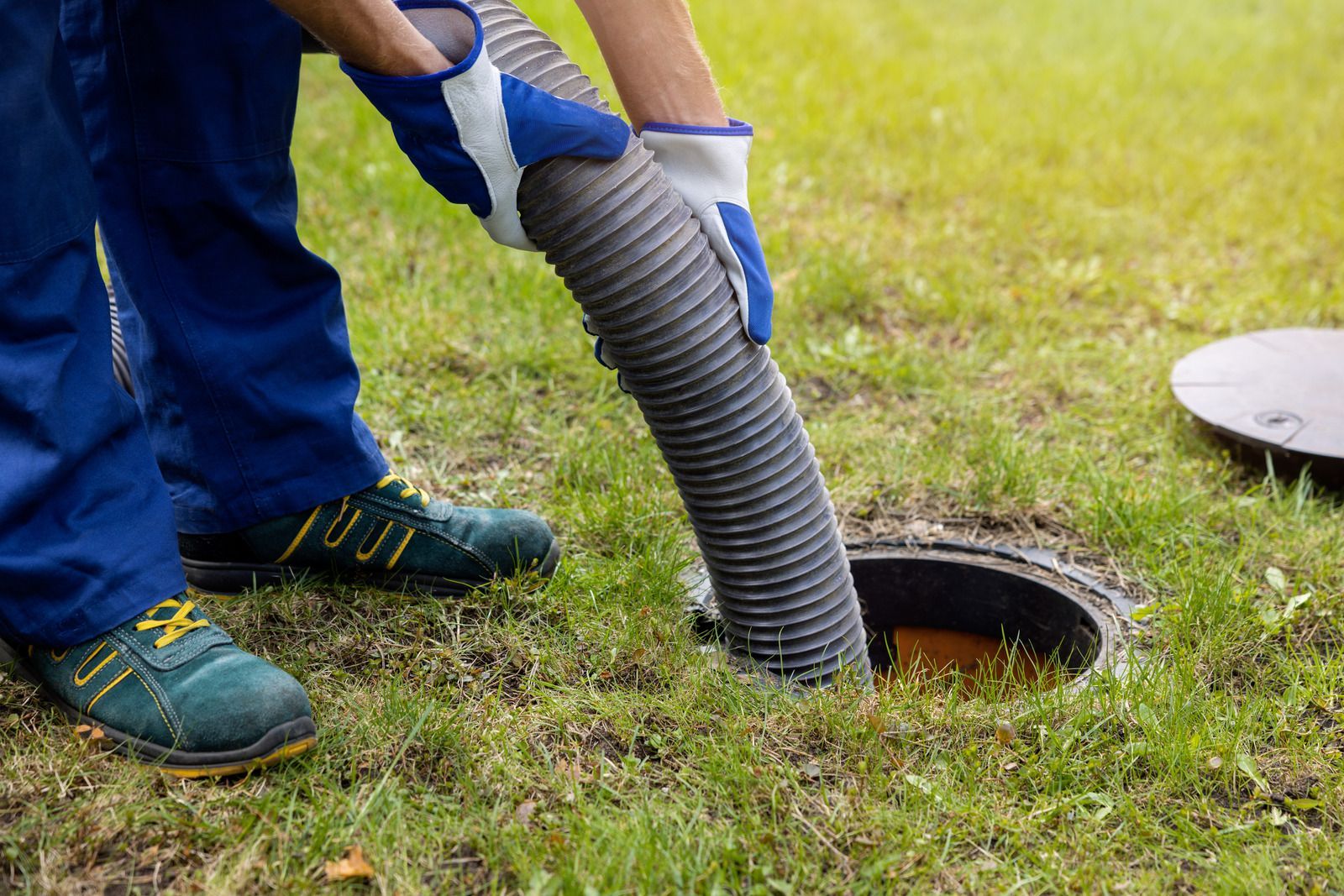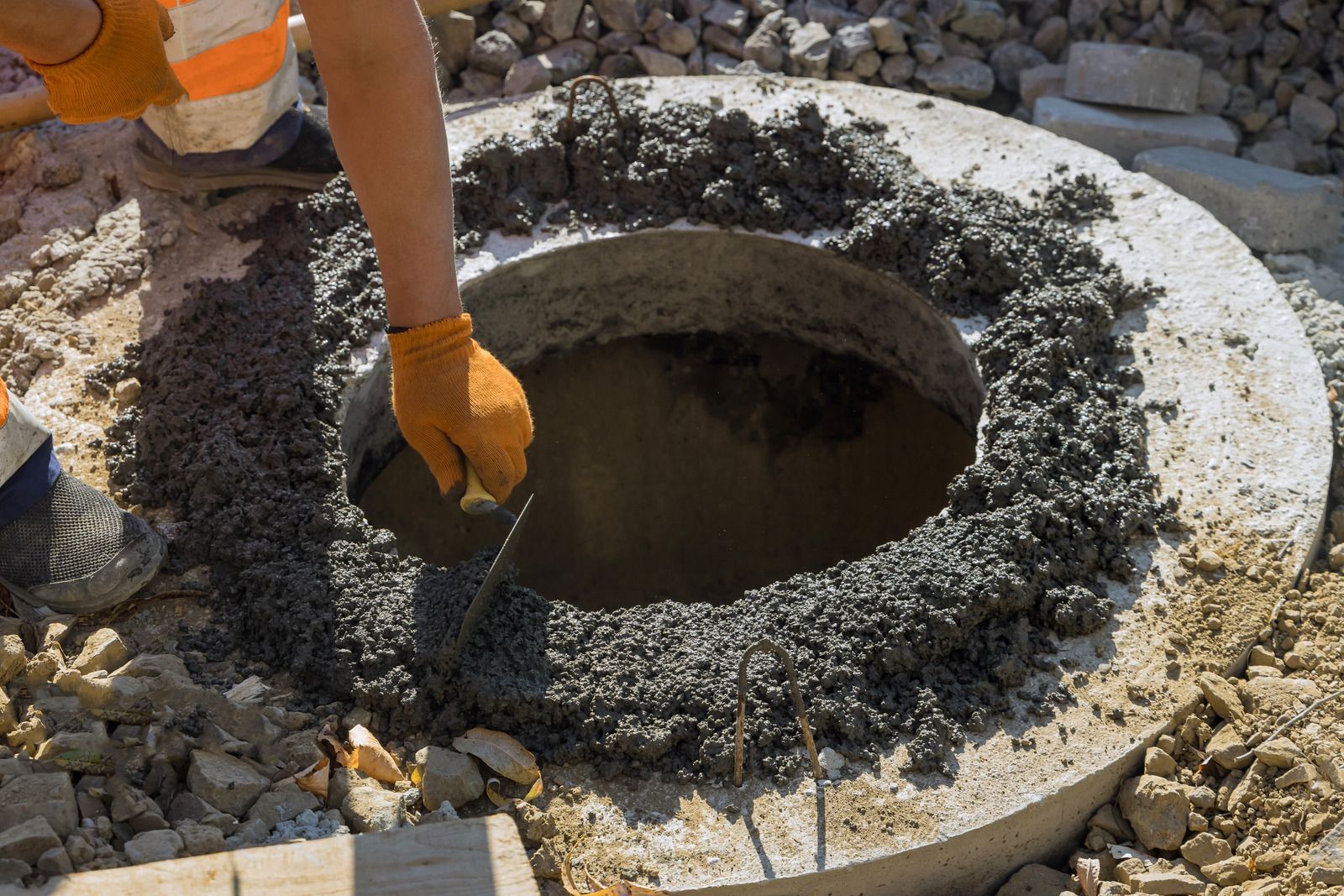A Guide for Jetting Technique for Septic Tank Cleaning
Living without a properly functioning septic tank is unimaginable- can you imagine the disaster if we are left without a malfunctioning sewage system and no means to dispose of our daily waste? Regular septic tank maintenance is crucial for your septic system's proper functioning and longevity.
One effective technique for septic tank cleaning is jetting. Jetting uses high-pressure water to remove built-up sludge, debris, and blockages in the tank. This article will walk you through the jetting technique for septic tank cleaning, ensuring a clean and efficient septic system.
Steps To Undertake A Jetting Service
1. Safety Precautions
Before starting the jetting process, it's essential to prioritize safety. It would be best if you did not start without being fully equipped with gloves, goggles, and waterproof boots. The area around the septic tank should be clear of any obstructions. Ensure that there are no electrical or gas lines nearby.
2. Equipment Preparation
You will need a high-pressure jetting machine or a specialized jetting nozzle attachment for your pressure washer to perform jetting. It is vital to be familiarized with the tools and ensure they work fine. Check the water supply and make sure it provides adequate pressure.
3. Tank Access
Locate the access point to your septic tank. It is typically a round or rectangular cover on the ground. Carefully remove the lid, taking precautions not to damage it or fall into the tank. Use a shovel or other tools to clear debris or dirt around the access point.
4. Jetting Technique
Insert the jetting nozzle or wand into the tank through the access point. Start the high-pressure water flow gradually and slowly guide the nozzle around the tank, paying particular attention to the walls and corners where sludge tends to accumulate. Move the nozzle sweepingly to dislodge and flush out the debris.
5. Work in Sections
If your septic tank is large, divide it into sections and clean each section thoroughly. This method ensures you cover the entire tank and leave no untouched areas. You must be thorough in your job, cleaning every unit well before going to the next.
6. Proper Water Usage
While jetting, it's essential to use the right amount of water. Excessive water usage can overload the septic system and cause backups or flooding. Consult the manufacturer's guidelines or a professional to determine the appropriate water volume for jetting based on the size of your septic tank.
7. Monitor the Effluent
Keep an eye on the effluent flowing out as you get to the tank. If the effluent is thick or contains solid debris, it indicates that more cleaning is still required. Continue jetting until the effluent runs clear, revealing a clean tank.
8. Post-Jetting Maintenance
After completing the jetting process, carefully replace the septic tank cover. Inspect the access point for any leaks or damage and repair as necessary. Consider adding bacterial additives or septic tank treatments to promote healthy bacterial activity and maintain the tank's cleanliness.
Final Words
By following this guide and taking the necessary safety precautions, you can effectively perform jetting, maintain a
clean septic tank, and prolong the life of your septic system. If you need more clarification or are uncomfortable with performing jetting yourself, it's always advisable to have a professional cleaning service to ensure the task is carried out safely and efficiently.

